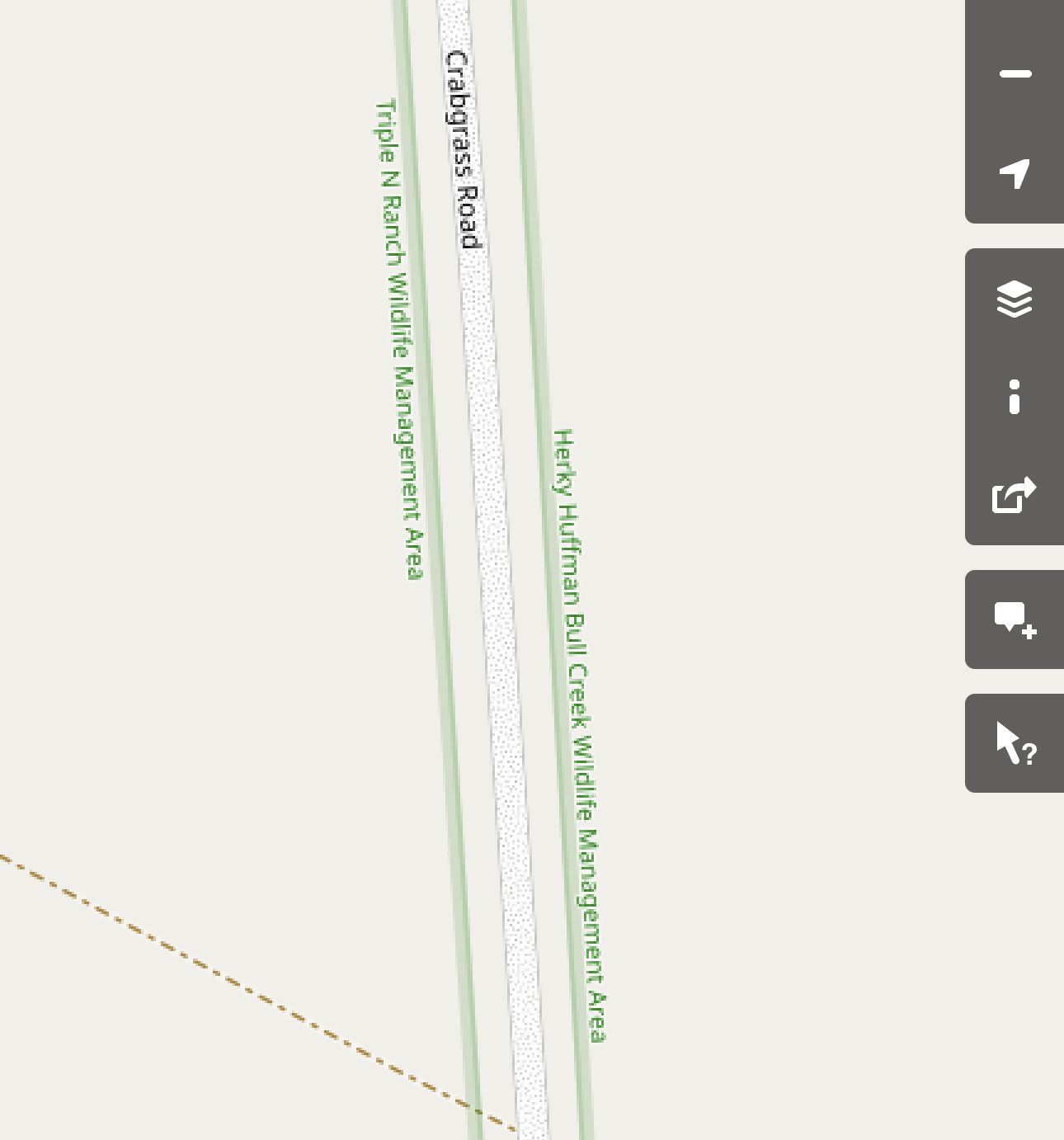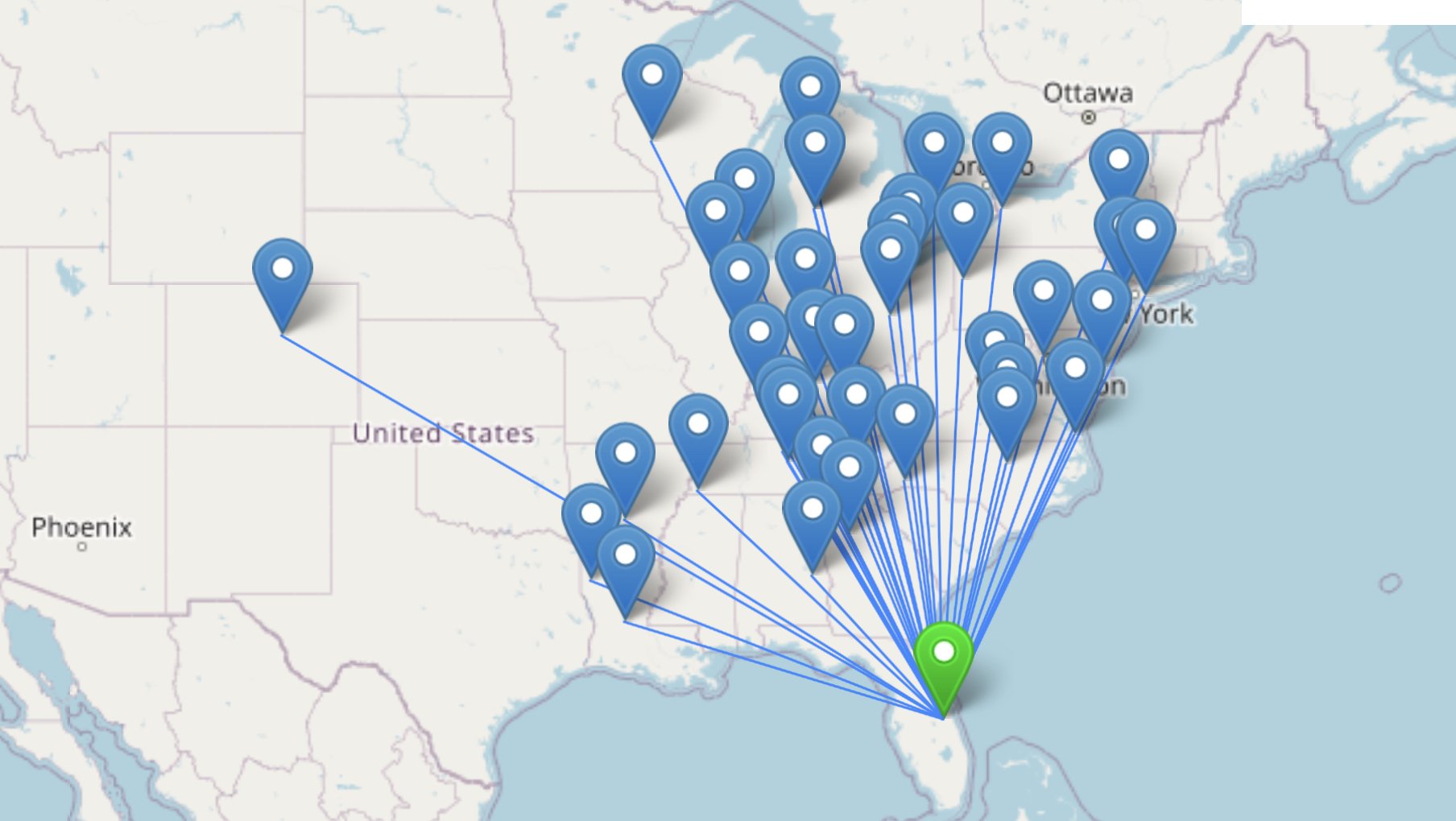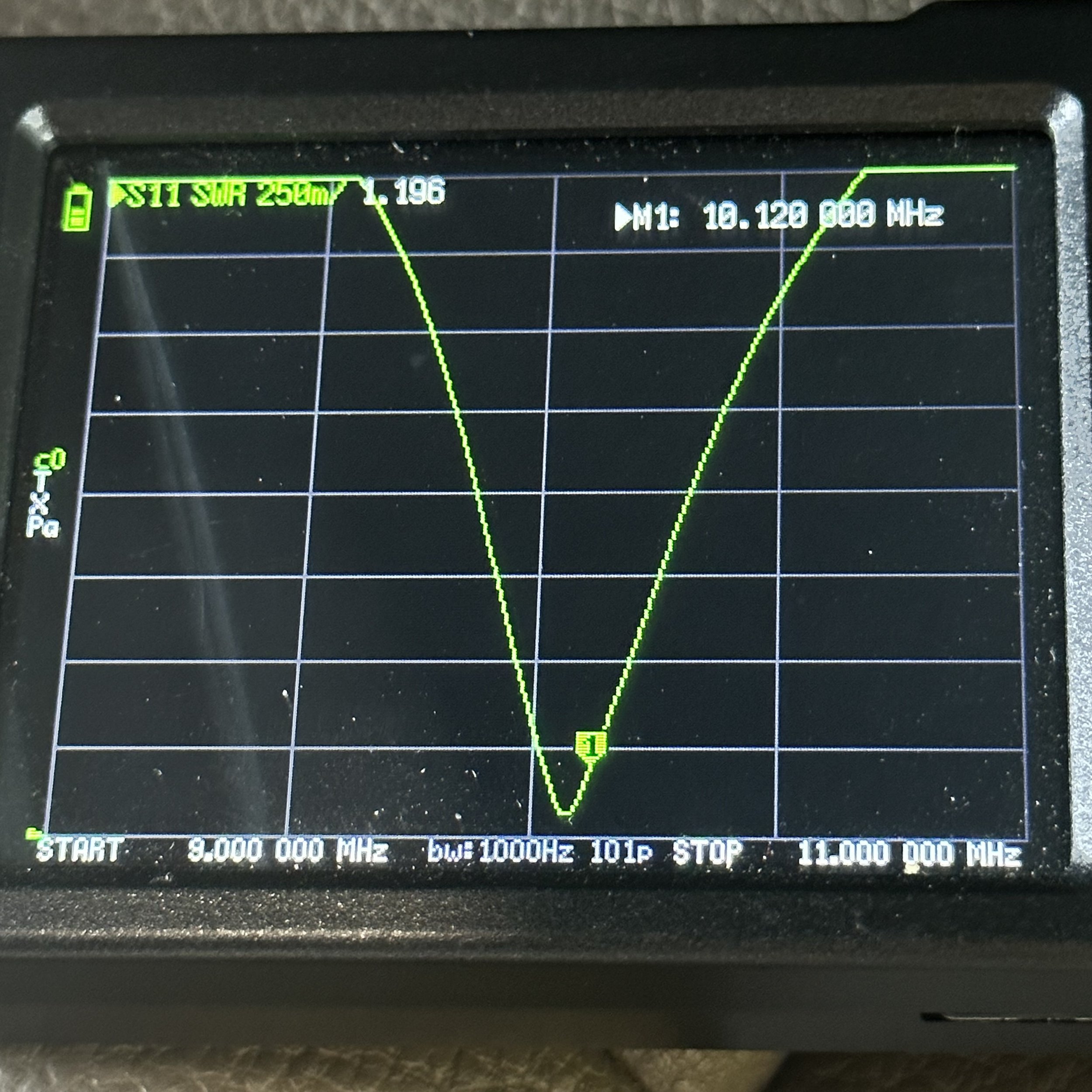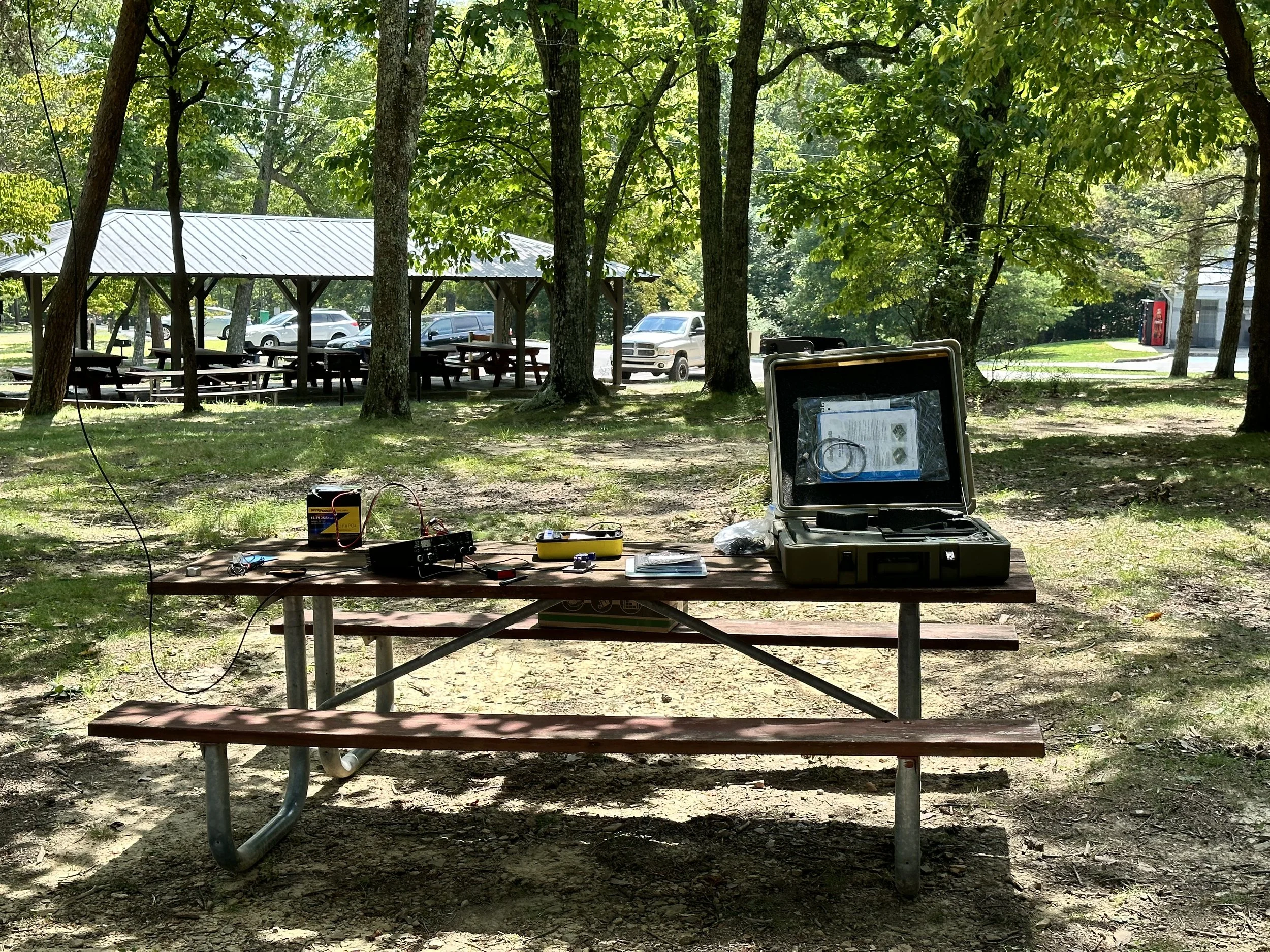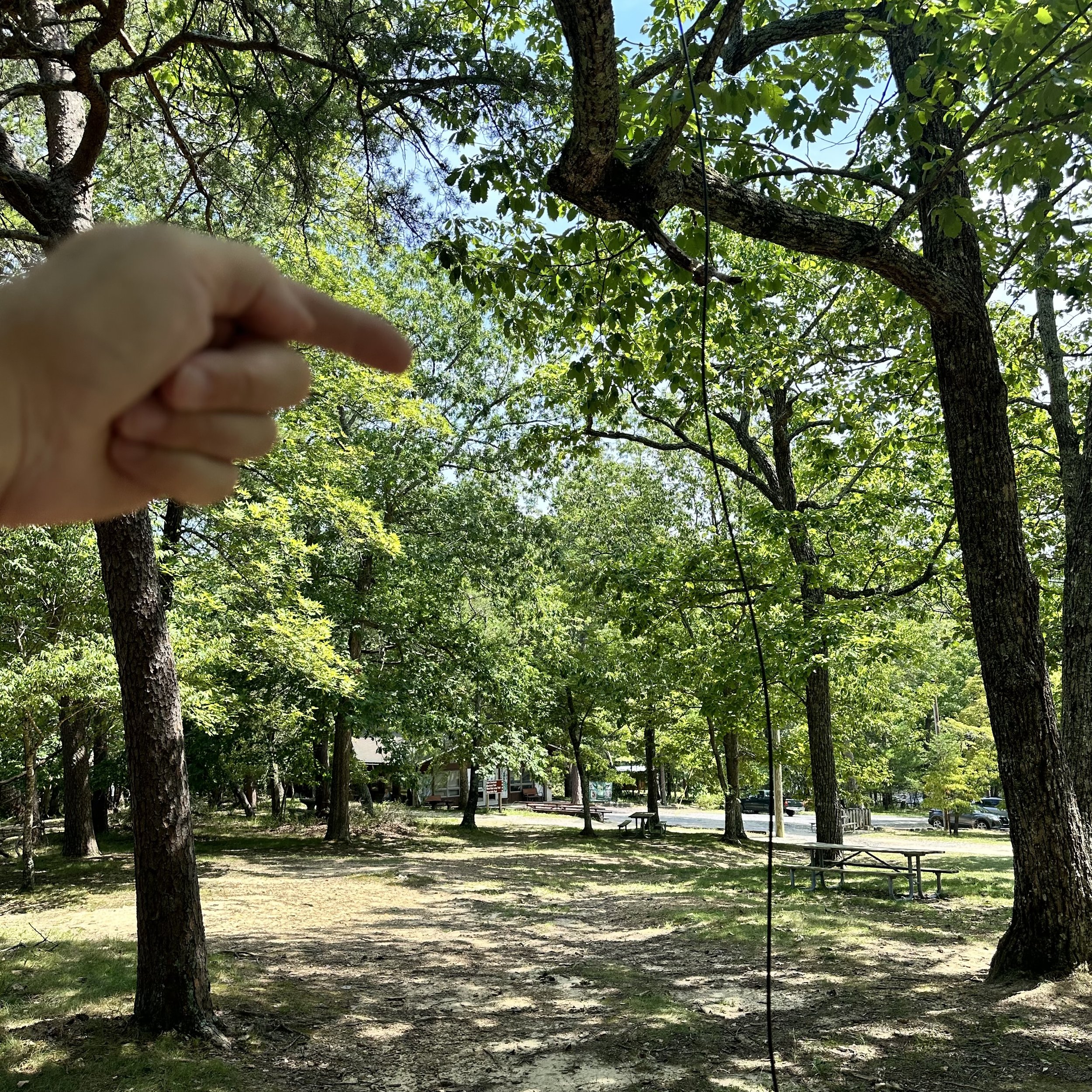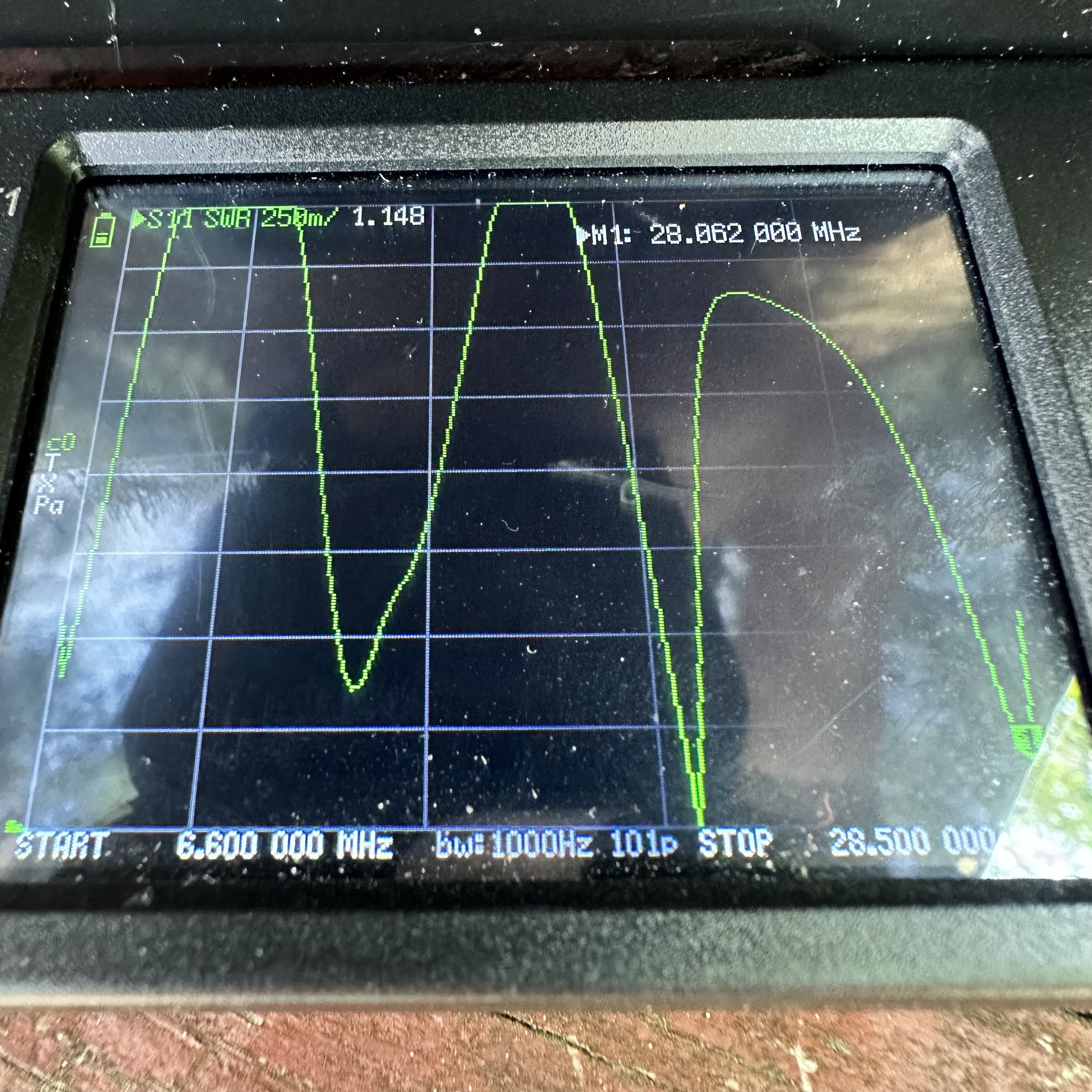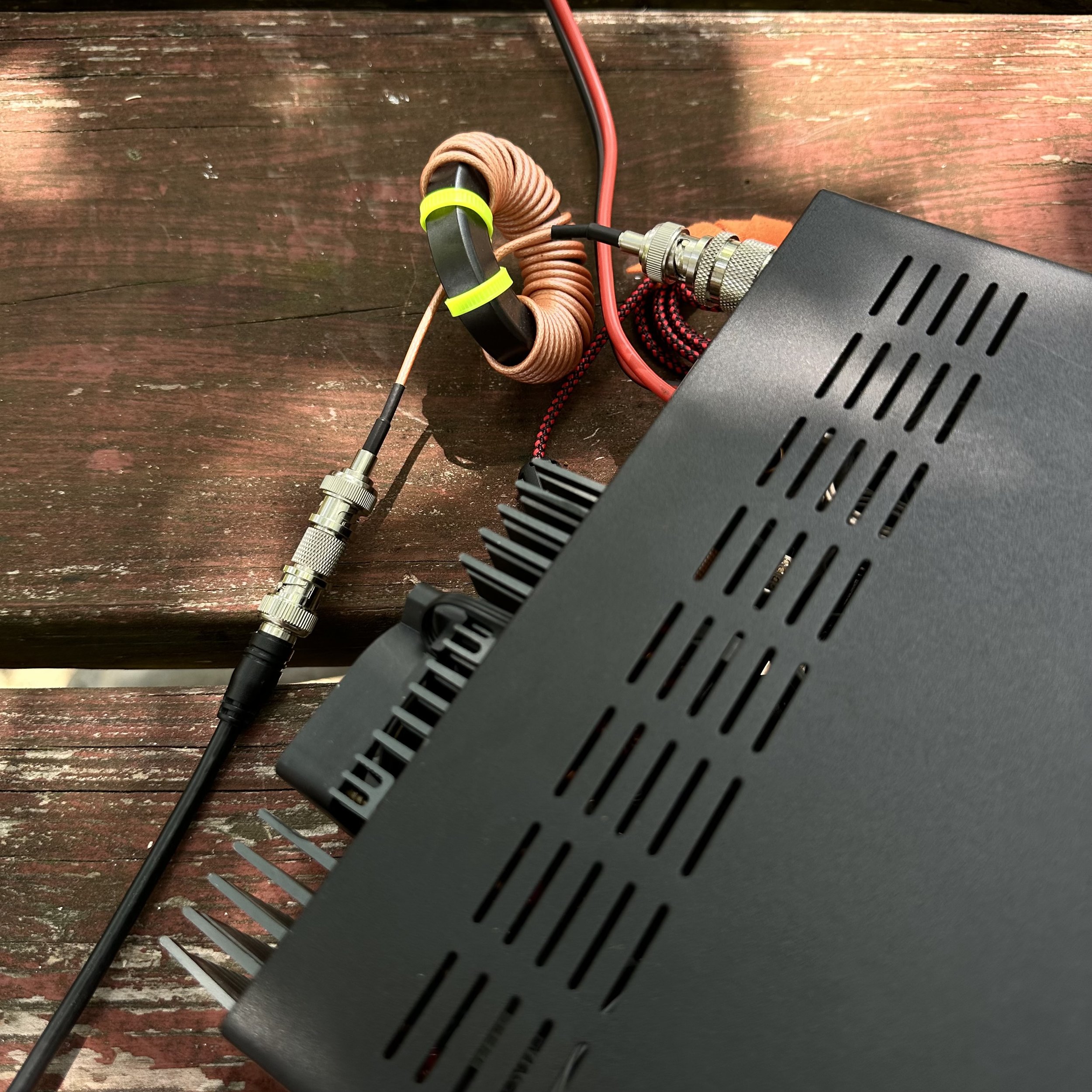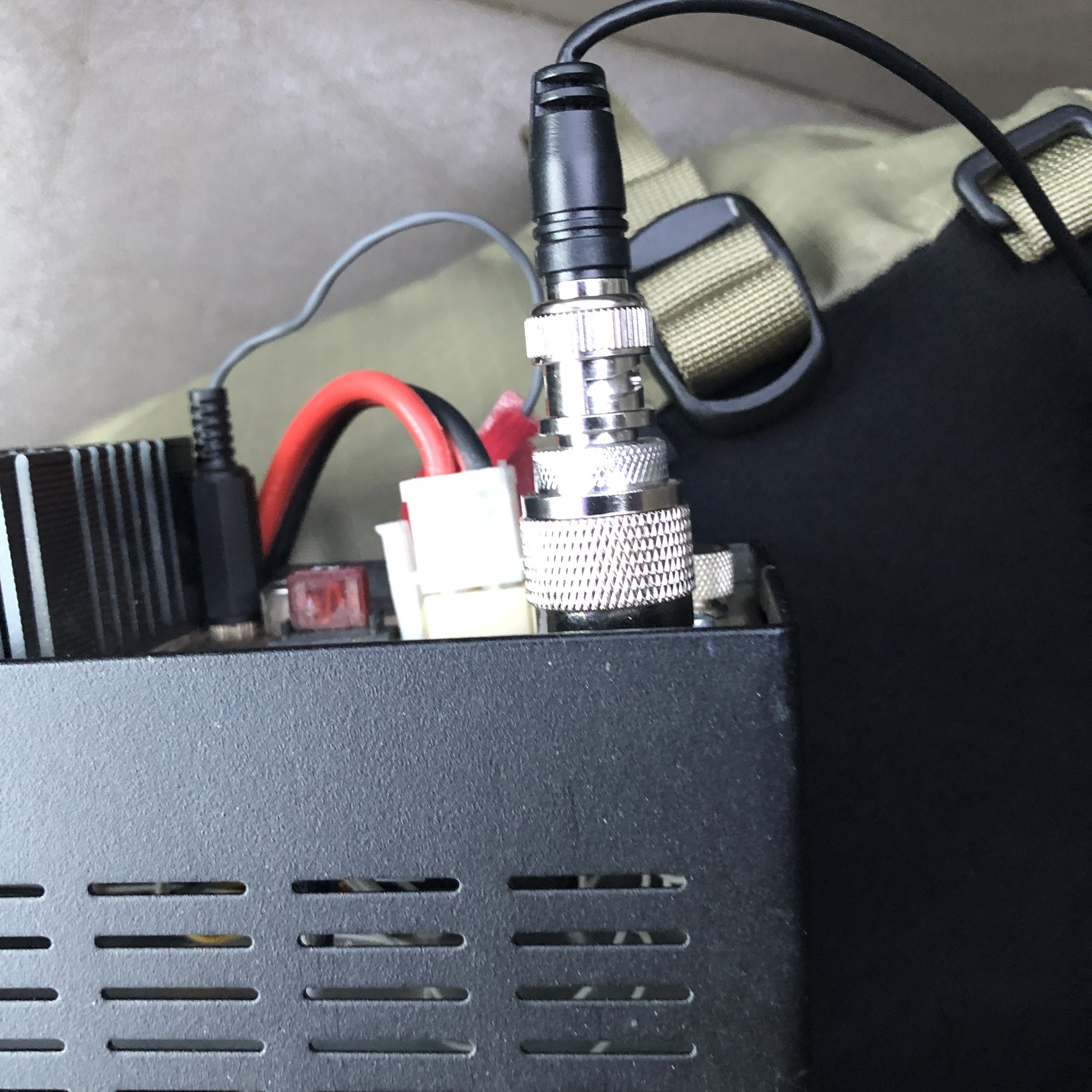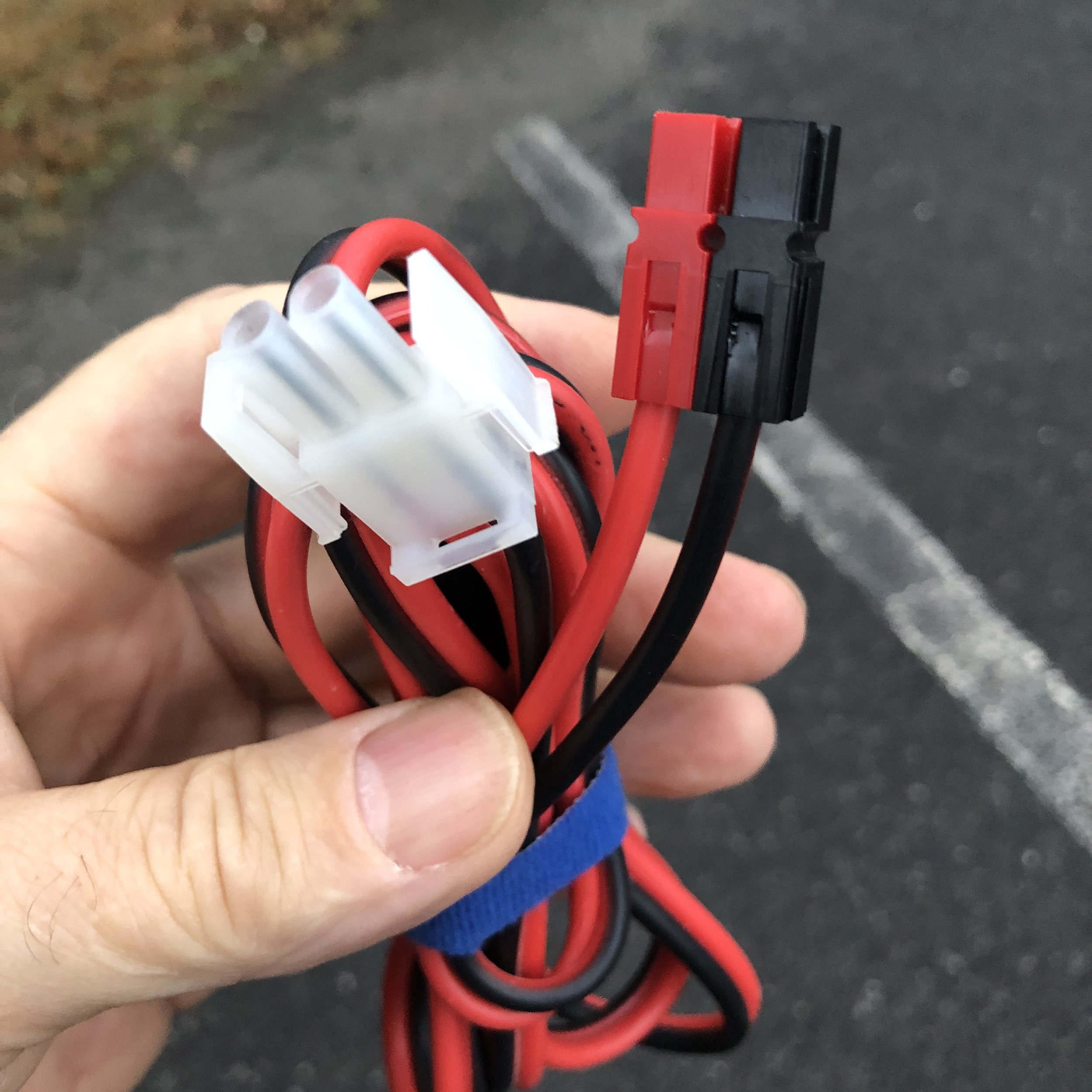Today saw me head over to Alabama to activate a nearby park that I have never been to before. Us-9875 Raccoon Creek Wildlife Management Area is a beautiful place right on the Tennessee river between Stevenson Alabama and Flat Rock Alabama.
I drive over to the WMA and find no one there at all, this is awesome as I like it when I have the place to myself. It gives me the freedom to setup the radio anywhere or in any manner I choose without having to worry about people walking into the radials or anything like that. Well, I get there and promptly decide to setup on 20 meters as I wanted to not spend a lot of time today activating as I wanted to also record a YouTube video for our brand new channel about amateur radio as well as have time to enter and upload the log from today and edit the video once I got back home.
If you want to see the video I made when I did this activation, the link is here. I didn’t film the whole activation, but rather pulled segments in and just did some of it, so you might be in it and you might not…lol. If people want the whole activation recorded in all it’s lengthy glory, I am not opposed to doing that, but I will need to hear that from the people…
When I want to do FT8 in the field I always grab this radio. The sBitx V3 is an SDR that is built around a Raspberry Pi SBC and uses a touchscreen for most functions. It only has two input devices on the radio, the VFO knob which never changes and the multi-function knob which literally can be used to adjust everything else…literally. It does have ports for a CW key, headphones, and a microphone on the side right above the power switch too. Since it uses a RPi4, it can be driven with a mouse and keyboard and during this activation I use the mouse to select FT8 stations to call. It is really handy for that. I find that if I am simply entering a call sign to chase on FT* I can use the built in keyboard instead of taking a separate keyboard. Another thing it has is Bluetooth, so Bluetooth devices will work on it too…such as a keyboard… I really like this radio if you have not figured that out yet.
Propagation was all over the place today as you can see on the beacon report above that I was weak at -19dB into “3” land but just a half hour earlier I was able to work JI3MJK in Japan! That is almost 7000 miles away!!! So if your activating and it seems like no one can hear you and you are about to give up, I would recommend that you give it another half hour, if possible, as the system might flip in your favor! That is what happened today.
I grabbed this photo below of the screen during boot up, it shows the OS version which is JJ’s 64 bit version 3.025 and that it knows who I am and where I have set the GRID to. This is important if you are doing POTA as you need to communicate that when you work FT8 at some distant location. The FT8 community is really into grids and want to collect them all…so pay attention to your grid. It is also showing the FT8 stations as they come in as well below that in green letters. Fortunately, it is really easy to change the grid on the sBitx so you dont have to worry too much about it.
So I setup in the truck and to be honest about it, I am really starting to like this concept. I am in the shade for the most part, if I am running FT8 only, I can run the engine and have AIR CONDITIONING at my POTA operation!!! Can we say WINNING!!! Ha Ha… I have done that once so far when I was in Florida if memory serves me but I would have to check. Using CW is a little tougher though. The diesel engine is loud enough to make copy of weak stations really hard so I don’t run it if I am working CW.
I normally try to work some CW though as I really love the mode so I normally will roll down all the windows in the summer and put my windshield sun protector in the window and work a bunch of those CW ops if the bands permit it.
A neat little addendum to the sBitx radio is that since it is driven by a Raspberry Pi 4, it can use a mouse and keyboard if you prefer it. Supposedly it has keyboard CW character generation too, but I have not attempted to do that yet. So if you are not able to send very well, this might be a solution for you. The mouse makes it much easier to choose stations that are calling CQ so you can pick them out on your end and you are not obligated to just call and answer CQ calls yourself. Farhan put a lot of thought into this radio and it shows.
Here is a little discussed subject…extra gear. I know we all take it with us but what do you normally carry with you when you go into the field? I have done POTA long enough now that I have sorted it out to just what I need and some redundant spares of failure prone items. Things like extra coax and another antenna are always in the spare tote.
The location that I setup at did have a really nice view of the river. This location is right next to the John Snodgrass bridge. This is the bridge over the river for Alabama Highway 117 to Stevenson.
As you can see from the logbook, there was a great run on 20 meters CW then another great run on FT8 as well! I even netted a J call on FT8! What a great day to do radio and the weather was great to boot.































